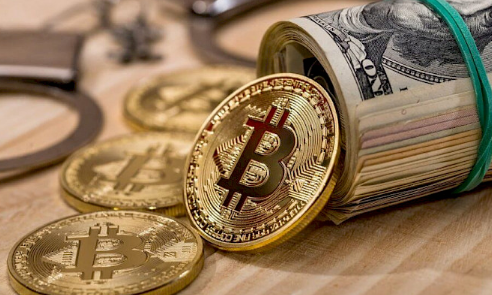Understanding SOL Price: Insights and Analysis for Investors
In the rapidly evolving world of cryptocurrency, many investors find themselves asking a critical question: "What influences the SOL price?" As the digital currency market continues to grow, understanding the factors that affect the price of Solana (SOL) is essential for making informed investment decisions. The increasing interest in decentralized finance (DeFi) and unique blockchain solutions has brought Solana into the spotlight, making it a popular topic among crypto enthusiasts.

Detailed Answer to SOL Price Influences
The SOL price can be influenced by a myriad of factors. Key among them are market sentiment, adoption rates, technological developments, and competition.
1.Market Sentiment: The overall mood in the crypto market can drastically affect SOL prices. Positive news about the cryptocurrency market or significant partnerships can lead to price surges, while negative news can have the opposite effect.
2.Adoption Rates: As more platforms and applications utilize Solana's blockchain for their operations, the value of SOL is likely to increase. A growing user base and the rise of decentralized applications (dApps) fuel demand for SOL, which in turn drives up the price.
3.Technological Developments: Innovations and upgrades announced by the Solana team can impact SOL price. Investors often react quickly to roadmap developments, engine performance, and any improvements that promise scalability and security.
4.Competition: The presence of competing blockchains can exert downward pressure on SOL prices. Blockchains like Ethereum and Binance Smart Chain will continually vie for the same market share, affecting investor confidence in Solana.

Considerations
Investors must keep several factors in mind when assessing SOL price:
1.Regulations and Compliance: Governments worldwide are grappling with how to regulate cryptocurrencies. Potential legal hurdles can dampen the demand and, consequently, SOL prices.
2.Liquidity: The availability of SOL for trading can affect its price. Low liquidity can lead to price fluctuations, making it essential to consider the trading volume on exchanges.
3.Security Issues: Cybersecurity concerns can deter users from investing in SOL. Past incidents, including hacks or vulnerabilities, should be taken into account, as they can negatively affect the price.
4.Market Trends: A keen eye on broader market trends, such as shifts in user preferences or economic conditions, is essential. The crypto market is not isolated and is often influenced by macroeconomic factors.
Buy or Sell: Timing the Market
Knowing when to buy or sell SOL can be challenging. Here are some insights:
- Buy: The optimal time to consider purchasing SOL is during market corrections or when the price dips due to overreaction to negative news. Analyzing historical price patterns can also assist in recognizing when SOL is undervalued.
- Sell: Selling can be considered when there is a significant price surge driven by short-term interest or speculation. If the market sentiment turns overwhelmingly negative, or if regulatory concerns intensify, it may also be prudent to sell.
Ultimately, investors should conduct thorough research and utilize sound technical analysis before making investment decisions regarding SOL.
Conclusion
In summary, understanding the SOL price requires an analysis of multiple variables, including market trends, technological advancements, and broader economic factors. As the cryptocurrency landscape continues to evolve, staying informed and making educated decisions is vital for potential success in trading Solana (SOL).
By grasping the intricacies discussed, investors can better navigate the complexities surrounding SOL price, enhance their trading strategies, and potentially capitalize on their investments.